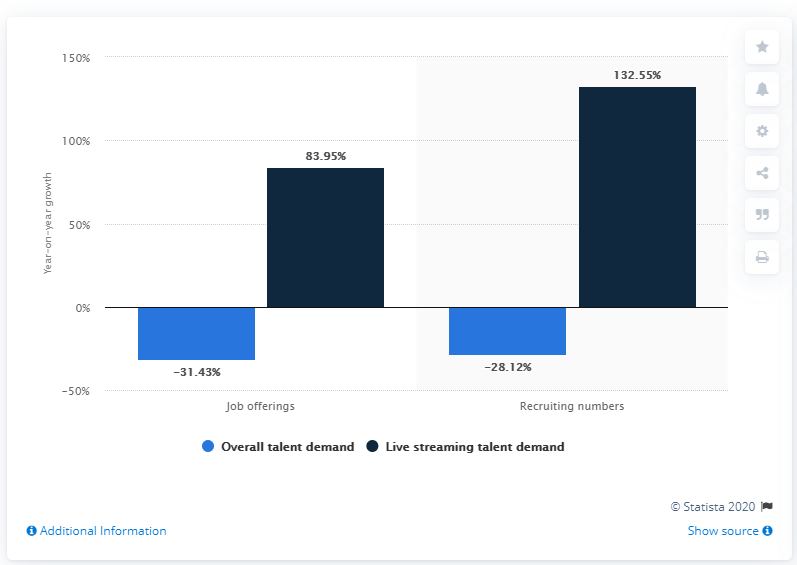During the isolation caused by the COVID-19 pandemic, digital tools have kept users around the world connected. This constant search for connection has led to the expansion of live-streaming e-commerce. This practice with an already long history of success in China, involves making live videos or broadcasts to introduce products or show how they work and ultimately act as a direct source for online sales.
The evolution of live-streaming e-commerce in China
Several factors explain the rapid growth of live-streaming e-commerce in China over the last years. One of them is the country’s advanced communication infrastructure, the mobile bandwidth reinforced by 5G network makes it possible to broadcast live videos with high quality image and audio. On the other hand, in the Chinese ecosystem of apps and social networks, there are no concerns about integrating online payment and purchase methods, as a result, users perceive social commerce as something natural.
The live-streaming e-commerce trend in China was born amid customer-to-customer communication. Users would broadcast their experiences on social media (the so-called in real life streaming or IRL) and connected with their audience. However, the rapid growth of live channels by Chinese e-commerce giants like Taobao soon professionalized the phenomenon.
Even now, live-streaming e-commerce still maintains some natural elements, broadcasts are not as restricted and a certain freedom is left to the KOL (Key Opinion Leader) in the video-making process.
The confinement after the Chinese New Year boosted the viewing of live connections and, according to Statista, the demand for live-streamers increased by almost 60% compared to the pre-COVID period.

Currently, many Chinese applications are implementing the possibility of making live videos to join the trend. Due to their acceptance and characteristics, the following stand out:
- Taobao Live: The business generated through this platform grew 150% during 2017-2019 and the number of accounts doubled in 2019 according to China Internet Watch.
- Xiaohongshu: The English translation is The little Red Book and it focuses on live-streaming of beauty, fashion and lifestyle products. It was chosen by Louis Vuitton to present its 2020 summer collection in China.
- Duo Duo Streaming de Pinduoduo: this platform is focused on offers and discounts of all kinds of products and it is very popular among mature generations such as baby boomers.
Live-streaming e-commerce in the current context
With many countries in a gradual de-escalation and an uncertain situation regarding the opening of physical stores, e-commerces are still the buying preference for many users. Tactics such as hyper-personalization or augmented reality seek to replicate the physical shopping experience in the digital environment and, in the current situation, the concept of live-streaming e-commerce works as a very effective digital showcase. Also, live connections are often led by influencers who offer special discounts to their followers.
Western platforms are taking steps to reinforce the trend. For example, Amazon already produces this type of broadcast on Amazon Live, featuring a myriad of channels dedicated to a wide variety of products and sectors. Also, YouTube is developing the integration of links in videos with “Products in this video” and Facebook & Instagram will have the feature of adding purchase links to live connections ready in the summer.

From an advertising point of view, live-streaming e-commerce is a great opportunity to attract online sales, as these broadcasts are focused on generating expectation around a product and on encouraging engagement through the users’ active involvement. Therefore, brands must promote the awareness of these advertising events to attract the greatest number of participants and, once the broadcast is done, ensure the video reaches new related audiences.
Live-streaming e-commerce stimulates sales and social interaction
The strength of live-streaming e-commerce compared to other audiovisual content is its approach, which is transactional and closely related to the brand and its products. Although we must not forget that its success is rooted in the social exchange enabled by the platforms. Therefore, live connections must convey the brand identity and show an added value to maintain the users’ interest and avoid getting them lost in the noise of what could turn into digital teleshopping.







